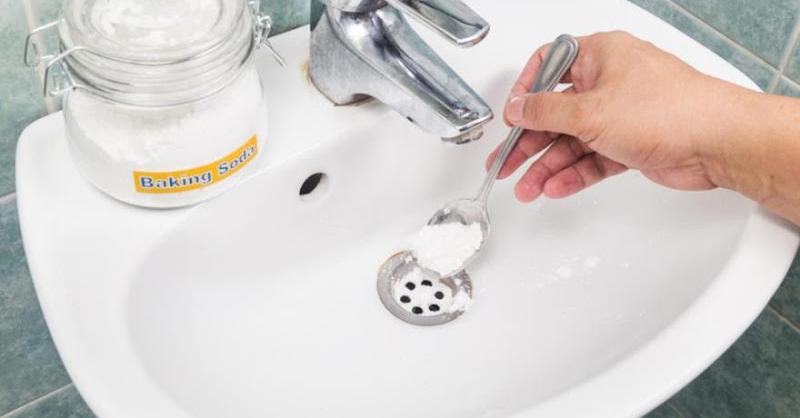No matter how well-constructed a building may be, it is not entirely free from the occasional issues that arise, especially in terms of its plumbing system. Drains, in particular, are often overlooked until they present noticeable problems. By then, however, the damage may already be extensive, potentially leading to expensive repairs. For this reason, drain troubleshooting and regular maintenance are of utmost importance. This process not only helps sidestep bothersome clogs but also effectively forestalls costly fixes.
Understanding the Importance of Drain Troubleshooting
In many homes and commercial establishments, plumbing systems are designed to operate flawlessly for years. However, blockages, overflows, and breakages may occur unexpectedly, leading to significant problems that can cause discomfort and inconvenience. In severe cases, these issues might even result in health hazards due to the accumulation of bacteria in standing water or damage to the building’s structure.
Drain troubleshooting refers to the identification and resolution of these issues. It involves examining the entire drainage system, detecting potential problems, and implementing preventive or curative measures. The objective is to ensure the smooth operation of the drainage system, minimizing the risk of blockages and leaks that can lead to costly repairs.
Regular Maintenance: Preventing Blockages and Costly Repairs
Drain blockages, a common household problem, are usually caused by an accumulation of grease, food scraps, hair, soap, and other waste materials. As these elements accumulate, they can restrict water flow, leading to slow drains or complete blockages. In commercial settings, foreign materials, tree roots, and other debris may enter the system, leading to similar issues.
Regular maintenance of your drains is a proactive measure that can save you from these problems. It involves frequent inspections, drain cleaning, and the early detection and repair of issues. Here are a few tips to help you keep your drains in optimal condition:
- Regular Drain Cleaning: Routinely cleaning your drains can prevent the build-up of waste materials. A mixture of baking soda and vinegar, for example, can break down minor clogs and keep your drains smelling fresh. It’s important, however, to avoid using harsh chemical drain cleaners, which can damage your pipes over time.
- Clog Prevention: Being mindful of what goes down your drains can prevent many clogging issues. In the kitchen, avoid disposing of grease, coffee grounds, or food scraps in the sink. In the bathroom, use a hair catcher in the shower drain to prevent hair from entering the pipes.
- Regular Inspections: Regular inspections by a professional plumber can help detect issues early on, such as leaks, cracks, or root intrusions. They can use drain cameras to inspect the inner parts of the pipes, pinpointing the exact location of a problem and fixing it before it escalates.
- Pipe Maintenance: Pipes can become damaged due to age, temperature changes, ground movement, or tree root intrusion. Regular maintenance can ensure that pipes remain in good condition, reducing the chances of leaks or ruptures that can lead to extensive water damage.
- Sewer Backflow Prevention: Installing a sewer backflow preventer can protect your property from sewer backflows, which can cause extensive damage and create a health hazard.
The Role of Professional Plumbers in Drain Troubleshooting
While being proactive and doing your part in maintaining your drain system is crucial, it’s equally essential to have a trusted, professional drain service provider to turn to when issues arise that are beyond your skills or understanding. This professional assistance plays a significant role in drain troubleshooting and maintenance, providing you with expert advice, accurate diagnoses, and effective solutions.
Professional drain services have a team of qualified plumbers who are trained and experienced in dealing with all types of plumbing problems. These professionals are equipped with the latest tools and technologies that enable them to handle even the most complex drainage issues efficiently. By availing their services, you gain access to an expertise level that is difficult to match with DIY efforts.
For instance, a professional plumber can use a drain camera, a tool not commonly found in a household toolbox, to visually inspect your pipes’ interiors. This tool can accurately locate blockages, cracks, or other issues without the need for invasive procedures. It allows for a precise diagnosis and targeted solutions, which can save both time and money in the long run.
Embracing Proactive Solutions
In the long run, proactive drain troubleshooting and maintenance can save a lot of money, time, and inconvenience. Regular inspections and cleaning can prevent the build-up of waste materials, ensuring a smooth water flow and preventing any severe blockages that could disrupt your daily routine.
In essence, it is more cost-effective to invest in preventive measures than to spend on substantial repairs. Additionally, regular maintenance can increase the lifespan of your drainage system, ensuring that it operates efficiently for a longer period.
All in all, drain troubleshooting and regular maintenance are not just about fixing existing issues but also about preventing potential problems. By taking a proactive approach and investing in preventive maintenance, you can sidestep clogs, avoid expensive fixes, and ensure the longevity of your plumbing system.






